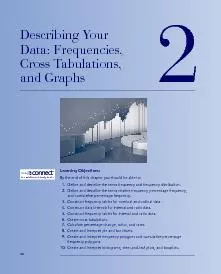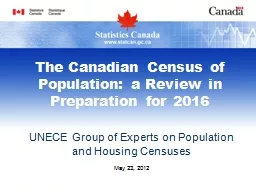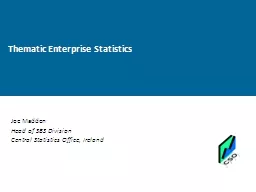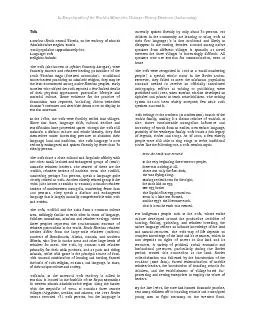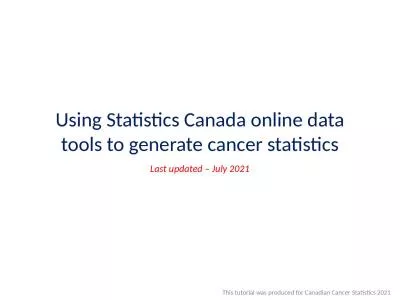PDF-Consider Table 2.2, which provides the 2009 Statistics Canada populati
Author : briana-ranney | Published Date : 2015-11-10
mates for the Northwest Territories The right column provides the relative fre quency of males and females Given that relative frequencies must add to 10 it is generally
Presentation Embed Code
Download Presentation
Download Presentation The PPT/PDF document "Consider Table 2.2, which provides the 2..." is the property of its rightful owner. Permission is granted to download and print the materials on this website for personal, non-commercial use only, and to display it on your personal computer provided you do not modify the materials and that you retain all copyright notices contained in the materials. By downloading content from our website, you accept the terms of this agreement.
Consider Table 2.2, which provides the 2009 Statistics Canada populati: Transcript
Download Rules Of Document
"Consider Table 2.2, which provides the 2009 Statistics Canada populati"The content belongs to its owner. You may download and print it for personal use, without modification, and keep all copyright notices. By downloading, you agree to these terms.
Related Documents

